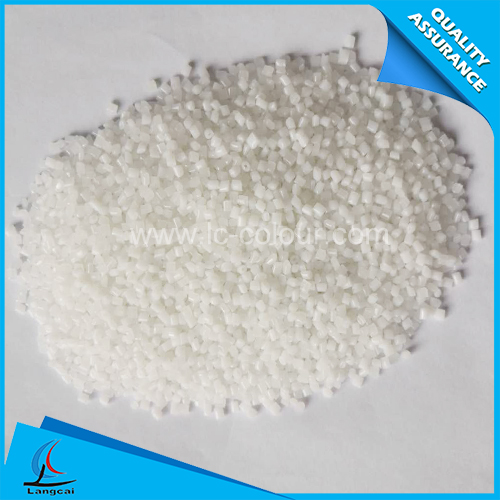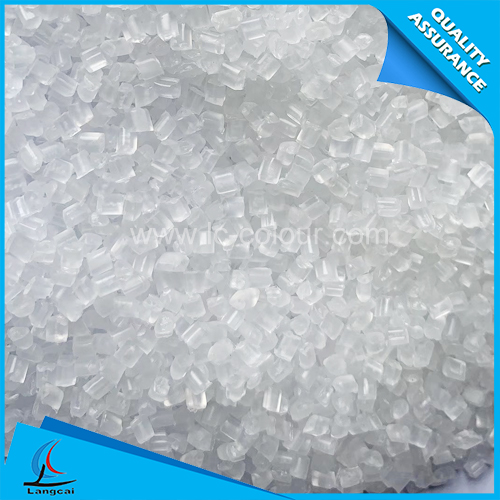- Nonwoven Fabrics
- Tailor Made Masterbatch
- Plastic Masterbatch
- Chemical Fiber Masterbatch
- Functional Masterbatch
- Machinery
- Spunbond PP Nonwoven Masterbatch
- Mono Color Masterbatch
- Liquid Color Masterbatch
- Non-woven Masterbatch
- Polyester Fiber Masterbatch
- Nylon Fiber Masterbatch
- Polypropylene Fiber Masterbatch
- Lab Nonwoven Machine
- Lab BCF Machine
- Dryer
- Filler Masterbatch
- The application advantages of Plastic Masterbatches are remarkable!
- The "Symbiotic code" between domestic and overseas markets
- How will the "balanced development of imports and exports" be promoted during the "15th Five-Year Plan" period?
- Why choose Mono Color Masterbatches?
- The opening ceremony of the 9th China Textile Intangible Cultural Heritage Conference was held in Chengdu
- What are the prominent advantages of Plastic Masterbatches?
- Phone:00836 - +86-535-8484358
- Email:wendy@ytlc-colour.com
- Address:DALAN INDUSTRIAL PARK, ZHANGXING TOWN, ZHAOYUAN CITY, SHANDONG, CHINA
According to the report "Fiberglass roving - Global Market Outlook (2017-2026)", the global market for fiberglass roving in 2017 is worth US$6.98 billion, and is expected to reach US$14.89 billion by 2026. During the period, it grew at a compound annual growth rate of 8.78%. Factors such as increased demand for wind energy equipment, rapid growth in GFRP pipeline applications, and increased construction in developed and developing countries are driving the growth of the fiberglass roving market.
Glass fiber rovings are widely used in the terminal industries of wind energy, transportation, electrical and electronics. In the wind energy industry, fiberglass rovings are used in wind turbine blades and nacelle covers. More and more wind energy installations are driving the demand for fiberglass roving because it is both economical and high performance. Governments and energy planners are diversifying their energy mix, protecting their economies from fluctuating rock fuel prices and responding to harmful greenhouse gas emissions. In addition, the huge demand in emerging economies is one of the main opportunities in the fiberglass roving market.
Between 2017 and 2026, the market in the wind energy sector is expected to achieve the highest compound annual growth rate in terms of value and sales.
The growth of the wind energy end-use industry market is largely attributable to the innovation in the integration of lightweight fiberglass roving products that have contributed to the growing length of blades in the wind industry. In terms of structural efficiency, fiberglass roving is an ideal choice for wind turbine blade materials.
Between 2017 and 2026, the Asia-Pacific fiberglass roving market is expected to achieve the highest compound annual growth in value and sales.
The value and sales volume of the fiberglass roving market in the Asia Pacific region is expected to achieve the highest compound annual growth rate during the forecast period. This growth is attributable to the growing demand for fiberglass rovings in the growing automotive, transportation and wind energy industries where glass fiber roving is widely used in the region.
Yantai Liangcai Plastic Chemical Fiber Factory specializes in production: functional masterbatch, plastic masterbatch, standard monochromatic masterbatch, complex masterbatch, functional masterbatch, complex masterbatch, non-woven tester, meltblown non-woven Cloth machine, hydrophilic masterbatch, functional masterbatch, etc.
- The application advantages of Plastic Masterbatches are remarkable!
- The "Symbiotic code" between domestic and overseas markets
- Why choose Mono Color Masterbatches?
- How will the "balanced development of imports and exports" be promoted during the "15th Fi
- What are the prominent advantages of Plastic Masterbatches?
- The opening ceremony of the 9th China Textile Intangible Cultural Heritage Conference was
- Explore the performance optimization and efficient coloring of Mono Color Masterbatches!
- What pressure does the United States' promotion of US-India trade cooperation bring to Chi
- How does Mono Color Masterbatch enhance the value of plastic products?
- The economic operation of China's industrial textile industry has remained generally stabl


